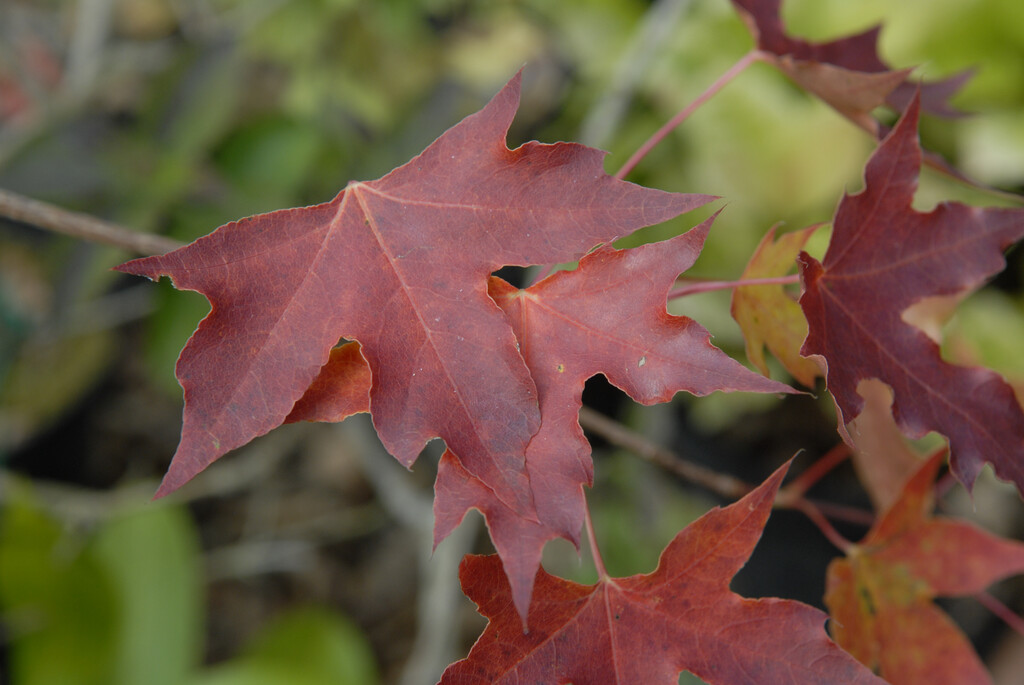Acer truncatum
A deciduous tree, to around 8m high, with a rounded habit and glossy green leaves divided into five sharply pointed lobes. Small greenish-yellow flowers are borne in upright clusters in spring, followed later by winged seeds. Leaves turn red or yellow in autumn
Size
Ultimate height
4–8 metresTime to ultimate height
20–50 yearsUltimate spread
4–8 metresGrowing conditions
Moisture
Moist but well–drainedpH
Acid, Alkaline, NeutralColour & scent
| Stem | Flower | Foliage | Fruit | |
| Spring | Yellow Green | Green | ||
|---|---|---|---|---|
| Summer | Green | |||
| Autumn | Red Yellow | |||
| Winter |
Position
- Full sun
- Partial shade
Aspect
East–facing or South–facing or West–facing
Exposure
Exposed or Sheltered Hardiness
H7Botanical details
- Family
- Sapindaceae
- Native to GB / Ireland
- No
- Foliage
- Deciduous
- Habit
- Columnar upright, Spreading branched
- Genus
Acer can be deciduous trees or large shrubs with paired, often palmately-lobed leaves and small flowers followed by characteristic winged fruits. Many have fine autumn colour, and some have ornamental stems
- Name status
Correct
- Plant range
- N China, Manchuria, Korea
How to grow
Cultivation
Thrives in moist, humus-rich, well drained soils in full sun or part shade. Some tolerance for drought once established. See tree cultivation for more advice
Propagation
Propagate by seed or by grafting
Suggested planting locations and garden types
- Architectural
- Low Maintenance
Pruning
Minimal pruning required; see pruning group 1
Pests
May be susceptible to Acer gall mite, aphids, caterpillars and horse chestnut scale
Diseases
May be susceptible to Verticillium wilt, Acer leaf scorch and honey fungus
Get involved
The Royal Horticultural Society is the UK’s leading gardening charity. We aim to enrich everyone’s life through plants, and make the UK a greener and more beautiful place.
